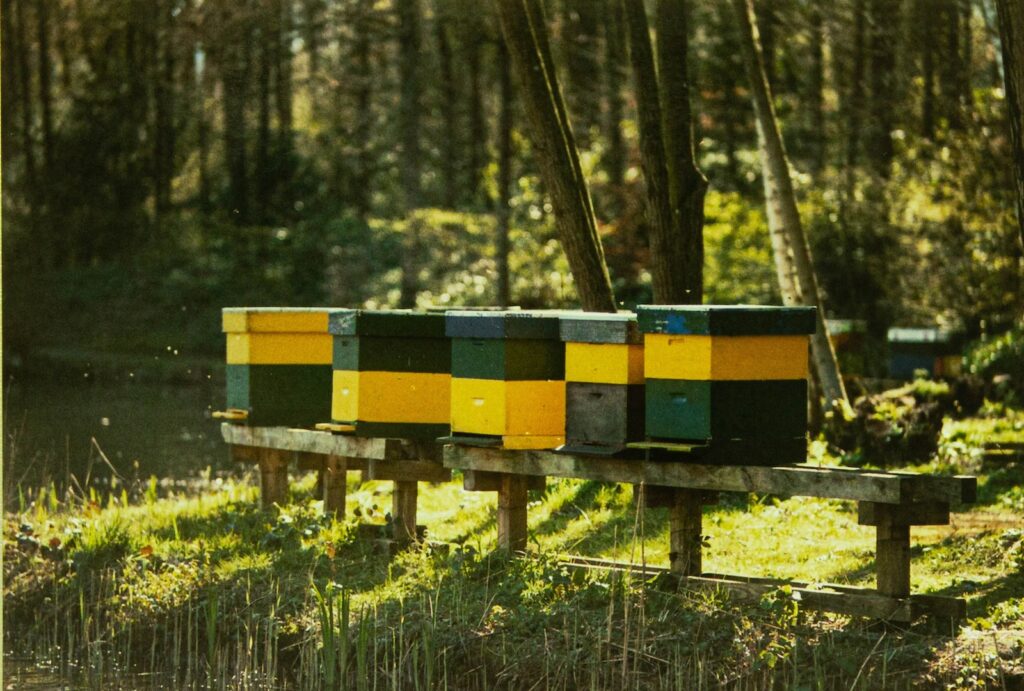I frequently receive inquiries about which type of bee hive is most suitable for novice beekeepers. The person usually has a specific pack in mind and asks, “Is this hive good for beginners?” As I pause to consider my response, I can sense their expectation for a definite answer reflected in their expression. They are hoping for either my endorsement or caution against a specific hive style. However, like many questions in beekeeping, my answer is not straightforward. In this article, we will delve into this common query.
Here is a list of the best beehive products for beginners that we have handpicked
Asking The Wrong Question
One of the most significant obstacles for novice beekeepers is determining which questions to pose. From my perspective, a considerable amount of effort is misused by asking inappropriate inquiries. The reality is, there isn’t a single beehive that is ideal for all beginners. Nevertheless, there could be a beehive that better aligns with your regional weather, physical capabilities, location, or beekeeping objectives.
Suitable Hives for Your Region
Do you reside in a particularly arid region? Does your area experience long and harsh winters? Reach out to the local beekeepers to inquire about their preferred hive styles and the reasons behind their choices. For instance, I’ve discovered that beekeepers in moist climates favor hives with screened bottoms, while in my dry region, bees perform better with hives featuring solid bottoms. It’s possible that certain designs are more effective in your specific area, but don’t be discouraged if you don’t find any beekeepers using the Hive style you’re interested in. Beekeeping is all about trying new things and experimenting.
Physical Capabilities & Restrictions
Beekeeping can put a lot of strain on the body. Hives such as Langstroth and its variations (such as the Flow Hive) require significant lifting. Although there are alternative methods (such as removing frames before lifting), if you have difficulty lifting heavy boxes, you may be more comfortable with a horizontal-style hive. Top Bar Hives or Long Hives are ideal for those who need to minimize lifting.
Site-Specific Considerations
In addition to the climate, you should also take into account the specific location where you plan to keep your bees. Will you be placing the hive on a rooftop or in a hilly area? Is the area shaded or exposed to direct sunlight? Rooftops and other challenging-to-reach locations may not be suitable for large and cumbersome horizontal hives. On the other hand, hot and sunny areas may pose difficulties for the hanging comb in Top Bar Hives. I prefer using Flow Hives in these types of locations as they eliminate the need for carrying heavy supers filled with honey up ladders or steep hills.
Beekeeping Objectives
The most critical factor that beginner beekeepers should consider is their beekeeping goals. If you are committed to natural beekeeping, then the ideal hive for you may be a Warre, Top Bar, Sunhive, or another alternative style. If your goal is to harvest as much honey as possible, then a Langstroth hive may be the best choice for you as it allows for the reuse of honeycomb after harvesting, thereby reducing the workload for the bees and potentially leading to more honey production. If you are a food enthusiast, then consider a Flow hive. Its unique honey harvesting method prevents oxidation, thereby preserving the delicate floral flavors that may be lost with other harvesting techniques.
Advocating for Langstroth Hives
At times, I find myself advising new beekeepers to start with Langstroth hives. This is not because I think it has an exceptional design, but rather because it is the most widely used hive in the US and most educational resources cater to it. Starting with a less common hive design may present difficulties for a beginner beekeeper, such as limited access to compatible equipment, knowledgeable mentors, or specific resources. Additionally, you can always switch to a different hive design later on as your beekeeping experience grows. Hence, it may be wise to start with the popular option and reserve alternative styles for when you have gained more expertise with bees.
Final Thoughts
Ultimately, there is no single “perfect beehive for beginners,” but there may be a perfect hive for you. It’s crucial to consider your situation, requirements, and objectives. However, it’s even more important to consider what piques your interest the most. If you are drawn to a particular type of hive, then it may be the right choice for you. My ultimate recommendation would be to choose the hive style that ignites your passion and excitement for starting your beekeeping journey.








